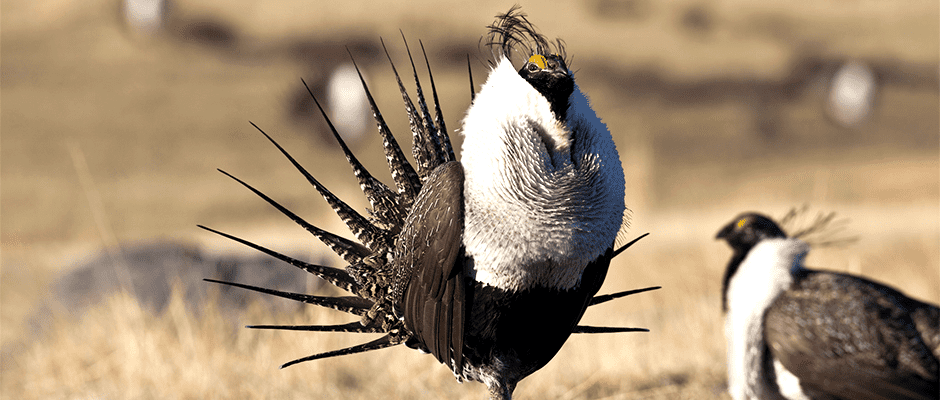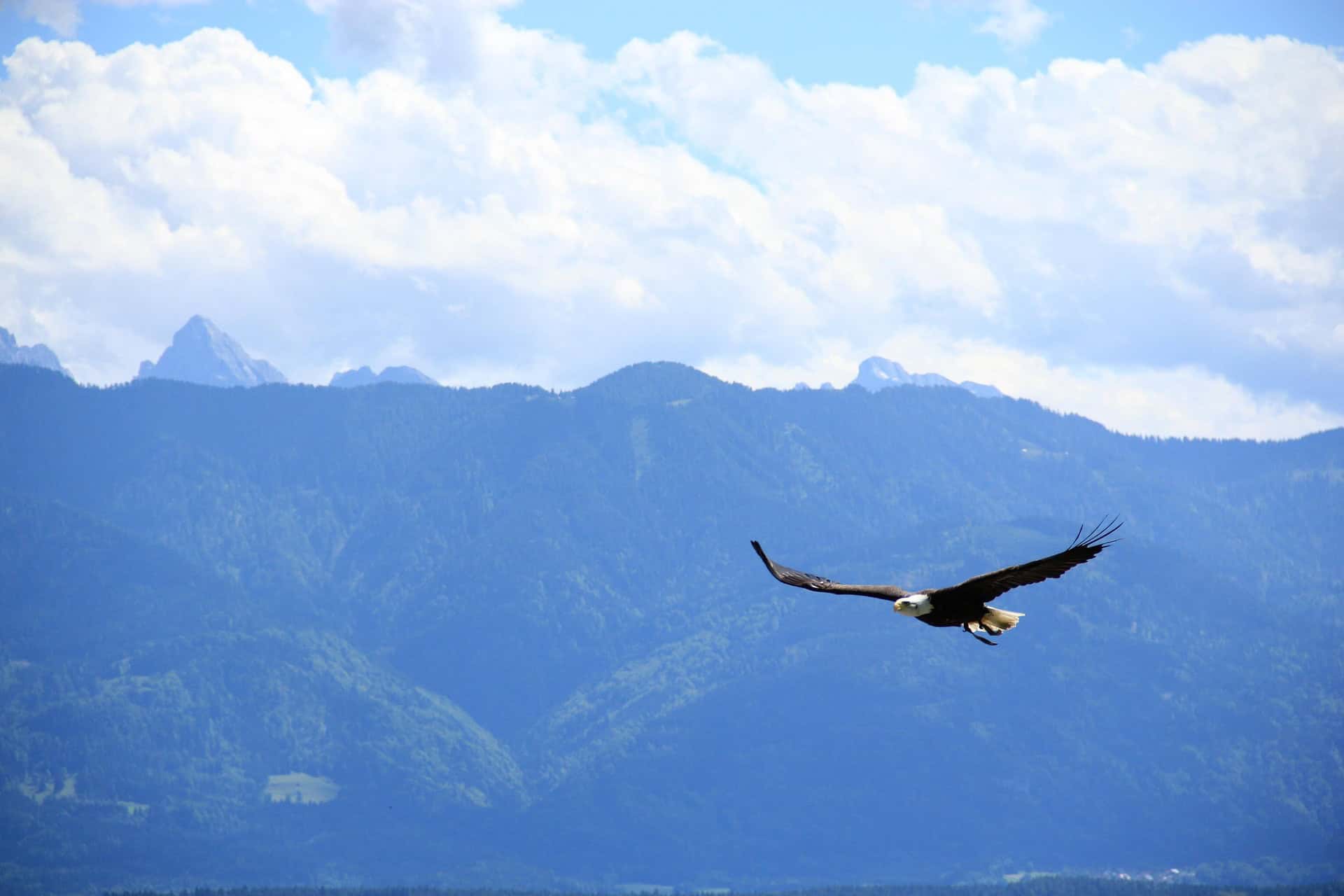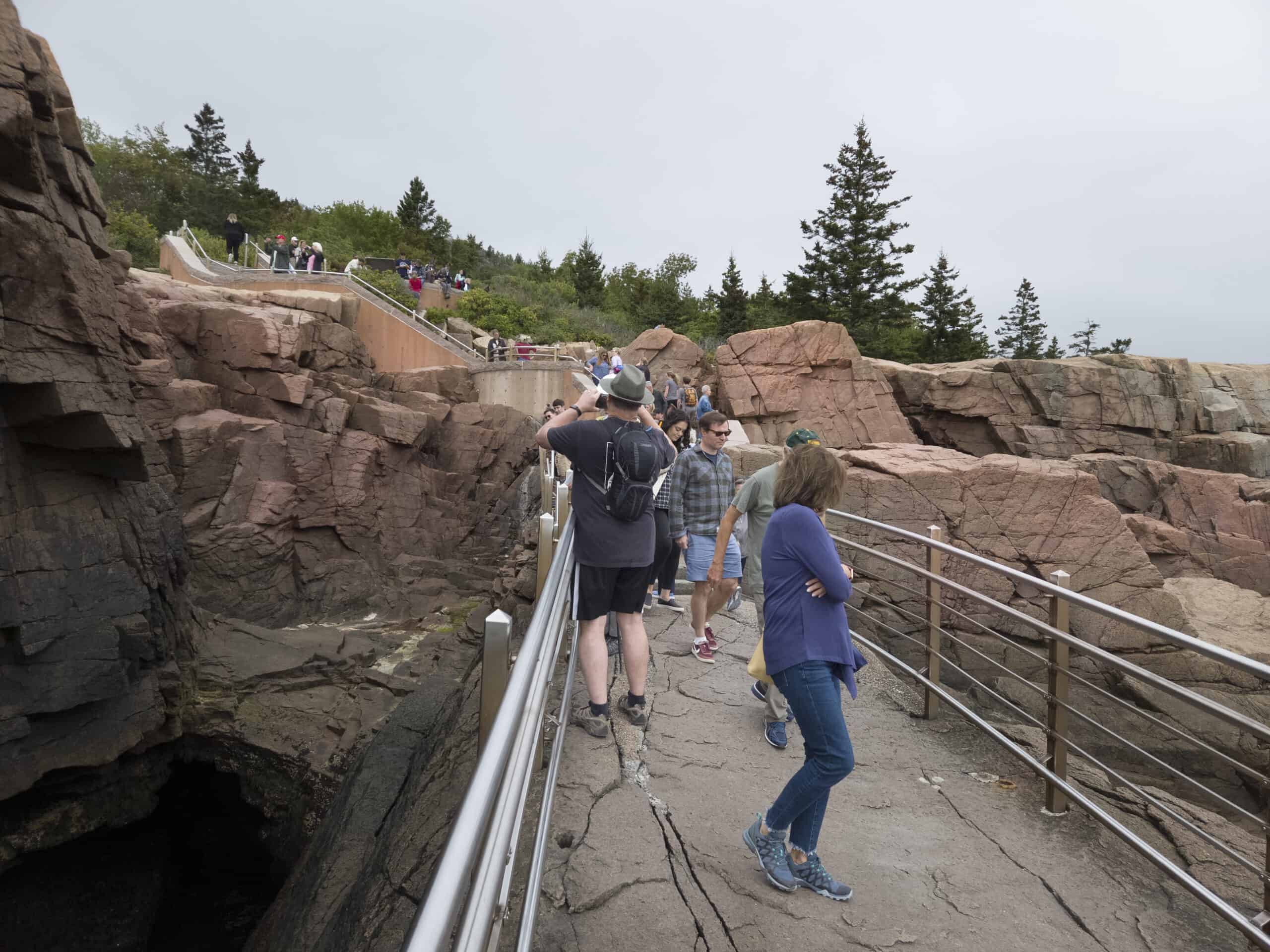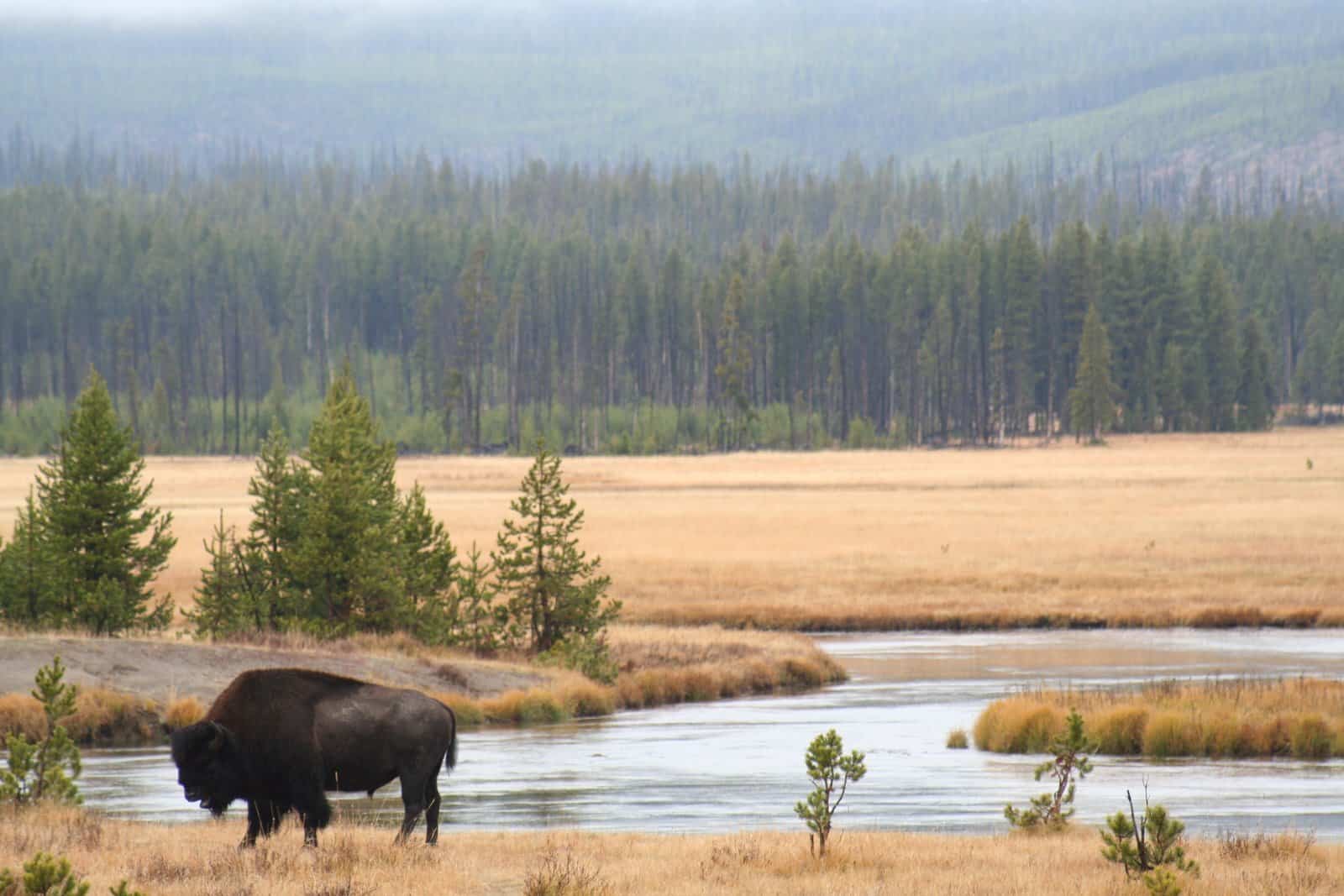Share this article
Changes proposed for greater sage-grouse plans
The ongoing controversy over greater sage-grouse (Centrocercus urophasianus) conservation continued this month with the release of six draft environmental impact statements and resource management plan amendments. A public comment period on the drafts, which were released May 4 for Oregon, Colorado, Idaho, Utah, Wyoming and Nevada and Northeastern California, is open until Aug. 2.
The changes, which stem from an Interior Department secretarial order to modify federal conservation plans for the bird put in place in 2015, are intended to allow more flexibility to address specific management needs within each state. Proposed revisions outlined in the plans include:
- The removal of 448,600 acres of general habitat management areas from Utah’s plan and the allowance of development in areas of priority habitat if it is deemed to not impact habitat.
- Modified requirements in Idaho’s plan for buffer areas around leks, where the birds display during breeding season.
- The allowance of oil and gas leasing in areas where it is currently banned in Colorado.
- The ability to change the boundaries of priority habitat management areas without a resource management plan amendment in the Nevada and Northern California plan.
- Amendments to the “no surface occupancy” requirement in priority habitat management areas in the plans for Idaho and Wyoming.
The greater sage-grouse was under consideration for listing under the Endangered Species Act in 2015, but at the time the US Fish and Wildlife Service determined listing was not warranted due to extensive state, private and federal efforts put in place to recover the birds. The Greater Sage Grouse Conservation Plan was a collaboration between the US Forest Service, Bureau of Land Management and state and private interests to protect the bird’s habitat and breeding grounds across its range.
The June 2017 Secretarial Order released by Interior Secretary Ryan Zinke required a review of the plan to ensure it was compatible with state efforts and “allows both wildlife and local economies to thrive.” The BLM announced its intent to amend the plans in October 2017,
triggering a deluge of public comments, many of which were subsequently lost due to computer errors.
To comment on the proposed changes, visit the Federal Register.
Header Image: Greater sage-grouse perform breeding displays in leks where many males gather and complete for females. ©BLM








